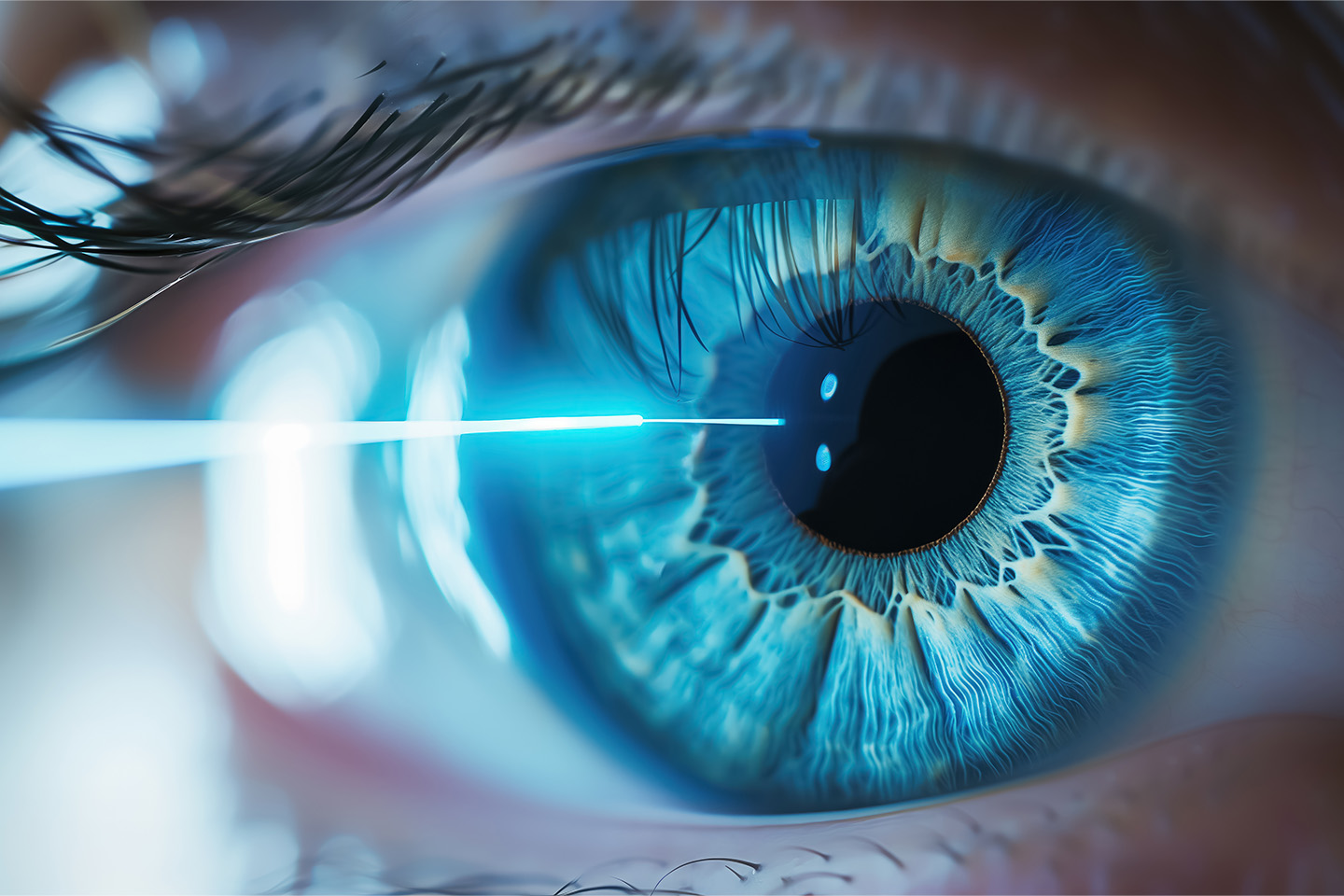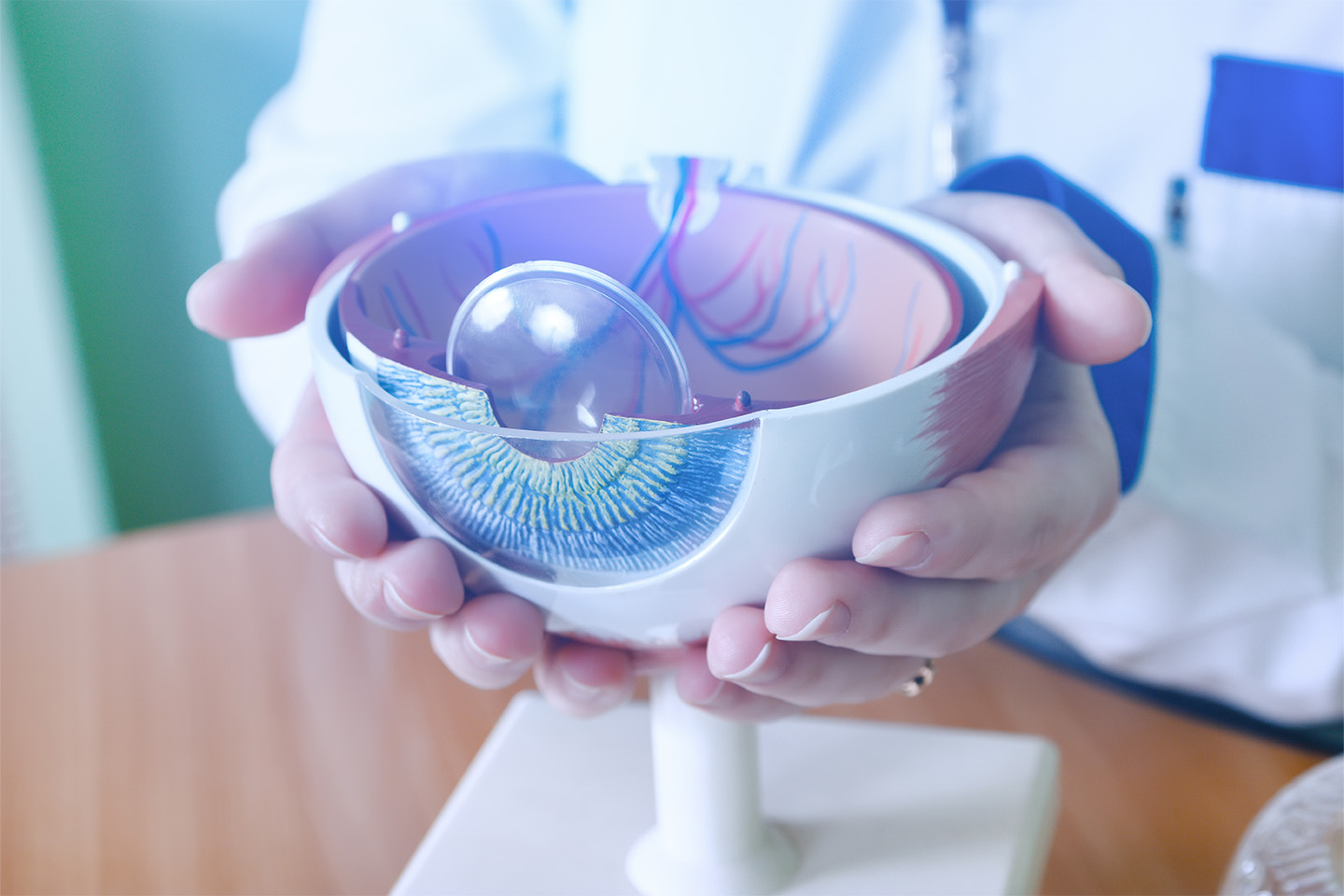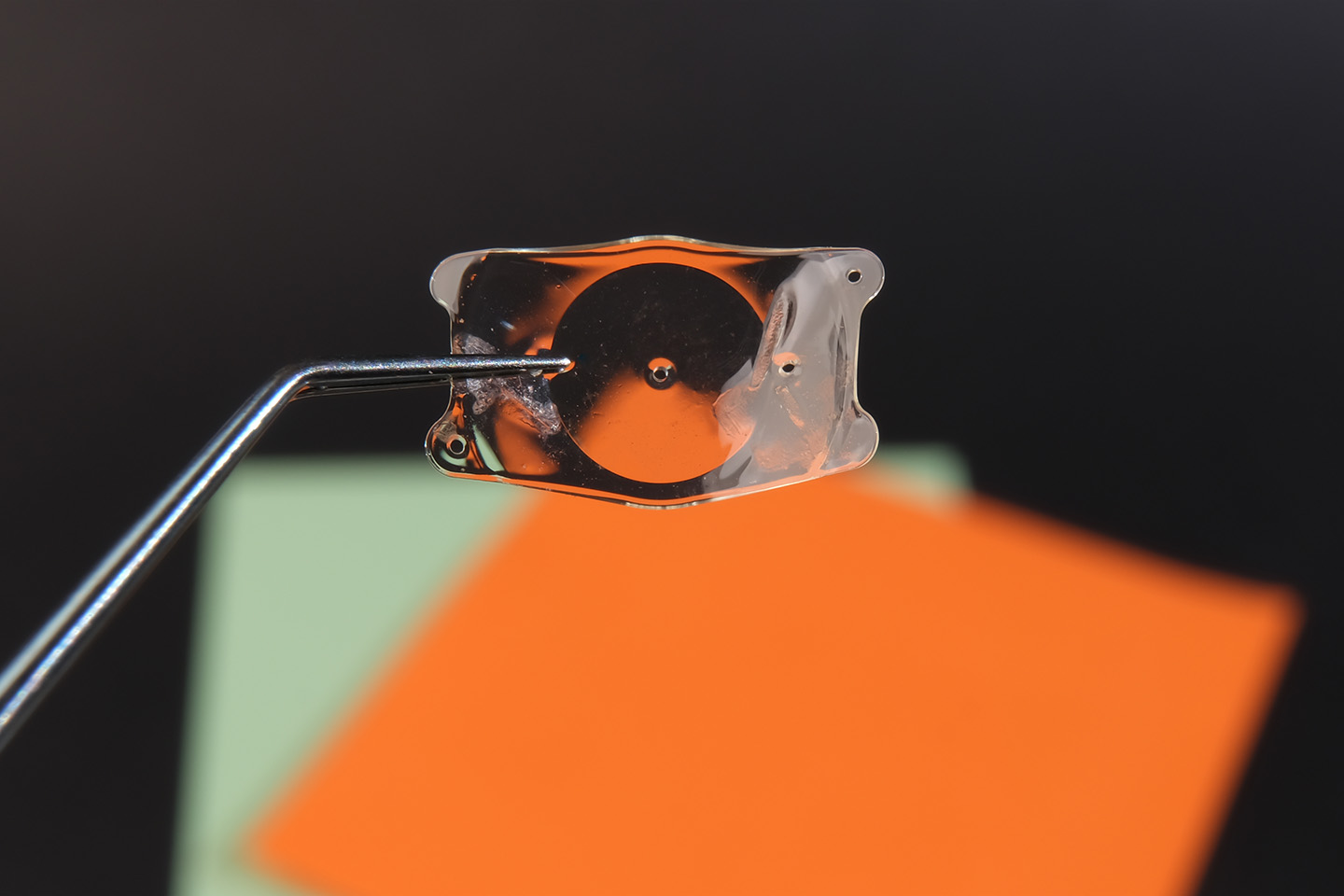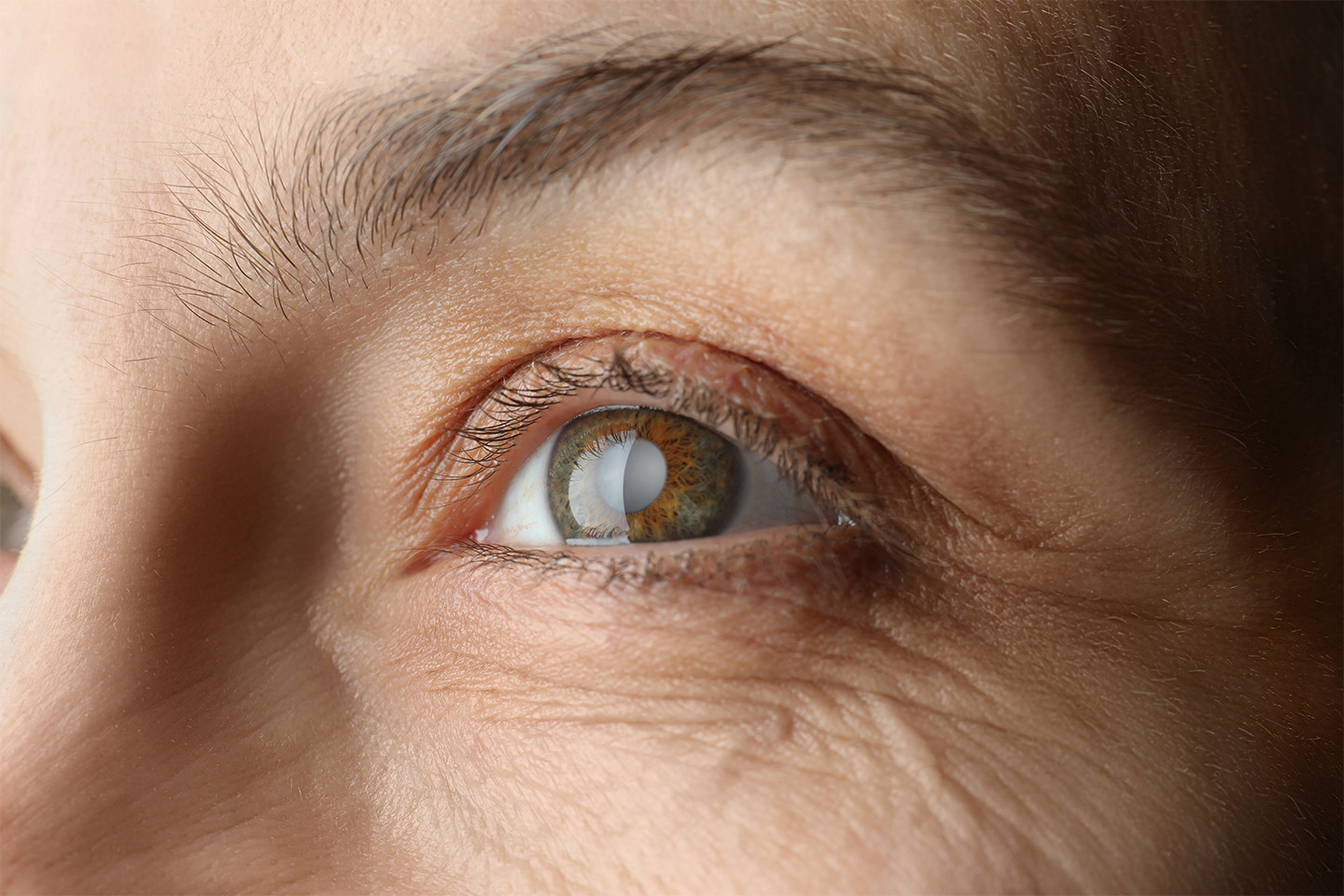Advancements in Treating Diabetic Eye Disease

More than 10% of Americans have some form of diabetes. Of this number, 2 in 5 people will develop diabetic eye disease, mainly diabetic retinopathy. Diabetic retinopathy is currently the leading cause of preventable blindness among American adults. Thanks to advancements in detecting and treating this condition, you have a greater chance of preserving your vision. Continue reading to learn about the new treatments in the works for diabetic retinopathy.
What is Diabetic Retinopathy?
Diabetic retinopathy describes damage to the blood vessels in the retina caused by uncontrolled high blood sugar. High blood sugar causes dilatation of blood vessels and blood flow changes. This leads to outpouching of capillary walls and microaneurysm or dot hemorrhages in the retina. This is earliest clinical sign of diabetic retinopathy. If blood sugars remain high, more bleeding can occur and puts the eye at higher risk of going blind due to scarring, an aneurysm, or a stroke of the eye.
This damage results in floaters, blurred vision, poor color vision, and other fluctuations. Because the retina plays an essential role in converting light to the images you see, diabetic retinopathy generally leads to vision loss and even blindness in the late stages.
Advancements in Detecting Diabetic Eye Diseases
Patients often do not notice symptoms until severe and often irreversible damage has occurred, so early detection is vital for this condition.
Many patients rely on regular office visits with an endocrinologist to monitor their diabetes. Unfortunately, the equipment used for these check-ups cannot provide in-depth information about the state of the eyes.
Our eye doctors in Dallas can detect eye changes at an earlier stage than your primary care physician or endocrinologist. At Kleiman Evangelista Eye Centers, we use state-of-the-art equipment to capture clear images of the back of the eye and examine for microvascular damage.
Artificial Intelligence (AI) is now coming into play not only for early diagnosis but also for predicting the chances of developing these retinal diseases. These AI programs can recognize thousands of unique signs of diabetic retinopathy to provide an accurate diagnosis for patients in rural or low-income areas.
Advanced Treatment Options for Diabetic Retinopathy
Traditional treatments for diabetic retinopathy include laser therapy, injections, and in some cases, therapy. These options focus on stopping the vascular endothelial growth factor (VEGF) to prevent swelling, breaking, and overgrowth of blood vessels. Together, this action helps stabilize and improve vision.
However, you may need treatment up to 12 times per year, which can add stress to your care routine.
New therapies are currently in phase 2 trials and could deliver prolonged results with fewer visits.
- Gene therapy — This therapy offers a “one and done” solution completed in an operating room or a doctor’s office. This single injection alters the DNA to allow the eye to make its own anti-VEGF cells.
- Port delivery system — The port delivery system involves a surgical procedure. The eye doctors place a port filled with anti-VEGF medications into the eye, which continuously releases the medication without any extra work on the patient’s end. Refills are easily done at the doctor’s office.
Both treatments may take two or more years for commercial availability in the United States.
The best way to ensure swift treatment and preserve your vision is with an annual eye exam from the experts in cataract and LASIK surgery in Dallas. It is also necessary to get your diabetes under control to prevent high blood sugar from damaging your blood vessels. Our eye doctors in Dallas will be able to pinpoint any changes to the eye’s structures and recommend the best treatment plan for you alongside your primary care doctor.
[DISPLAY_ULTIMATE_SOCIAL_ICONS]








